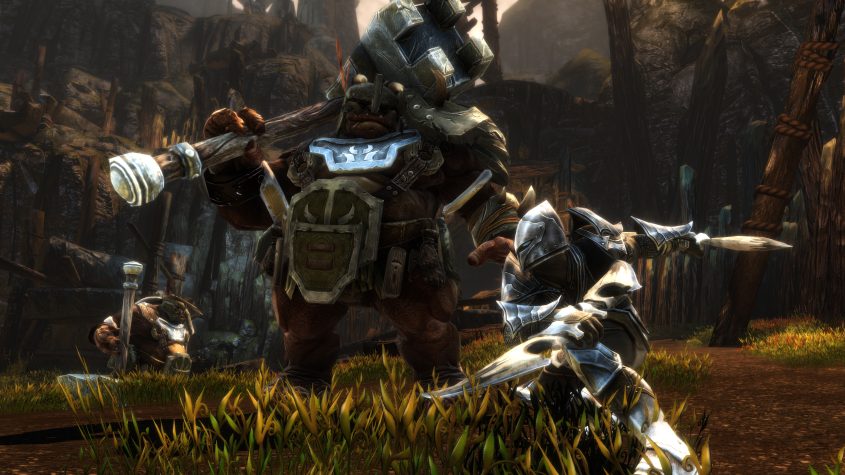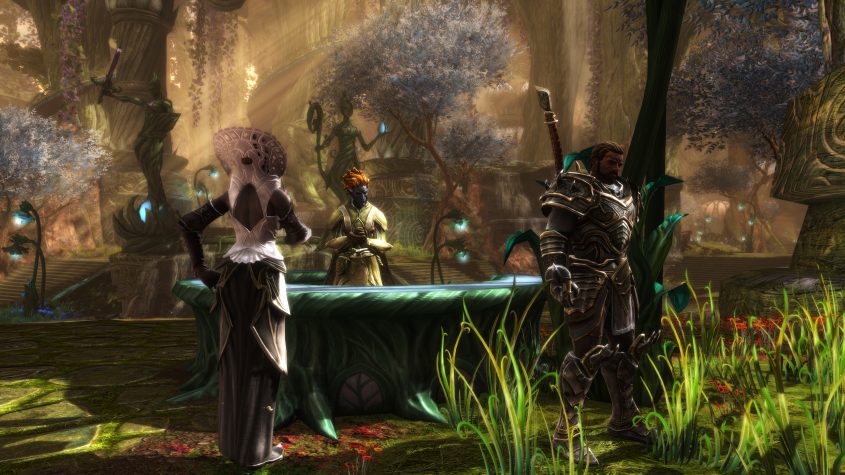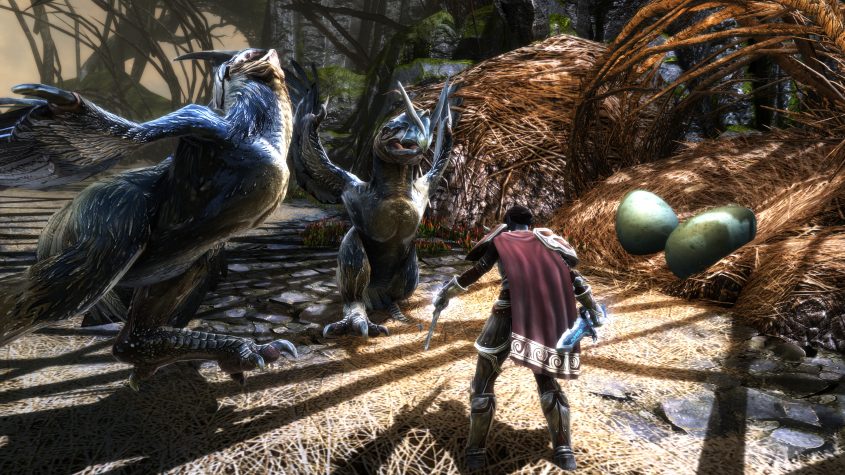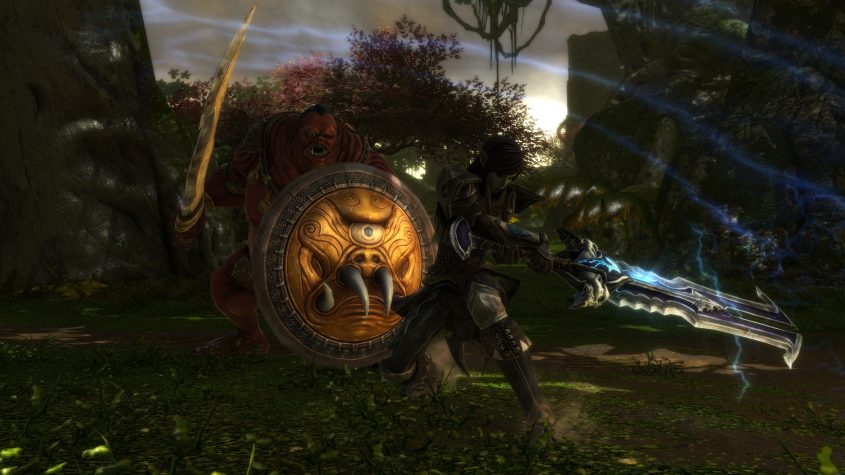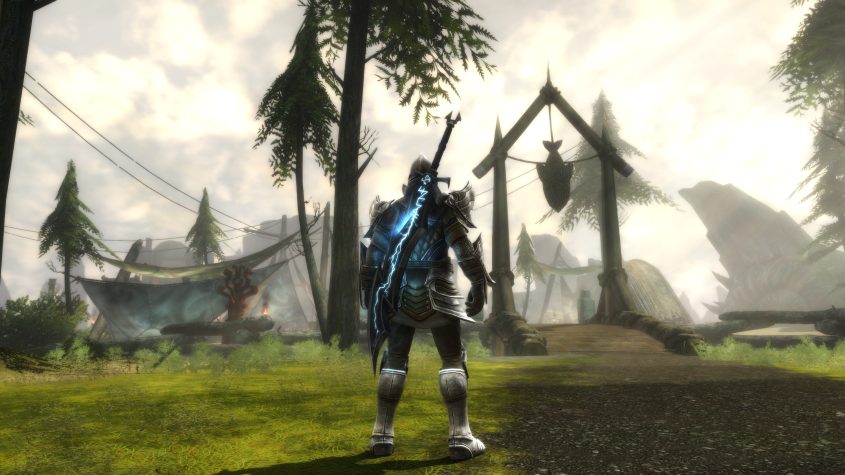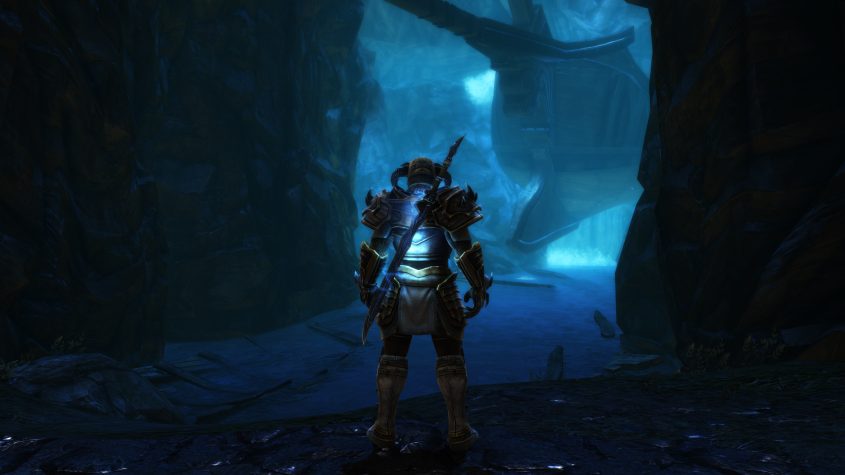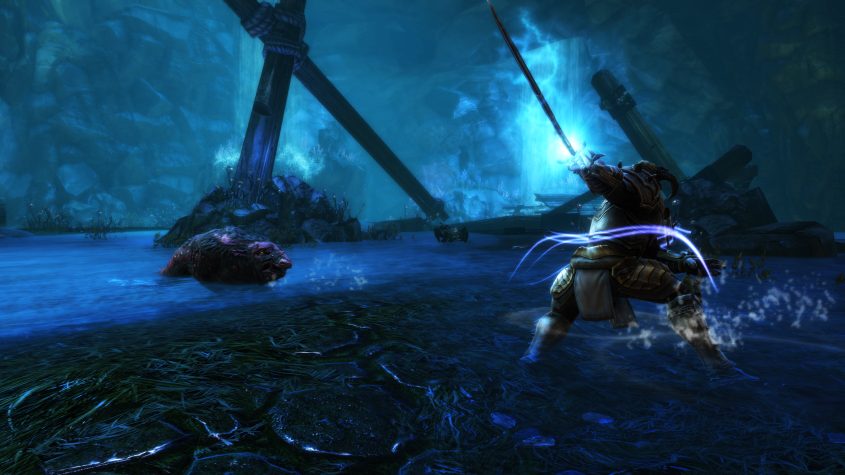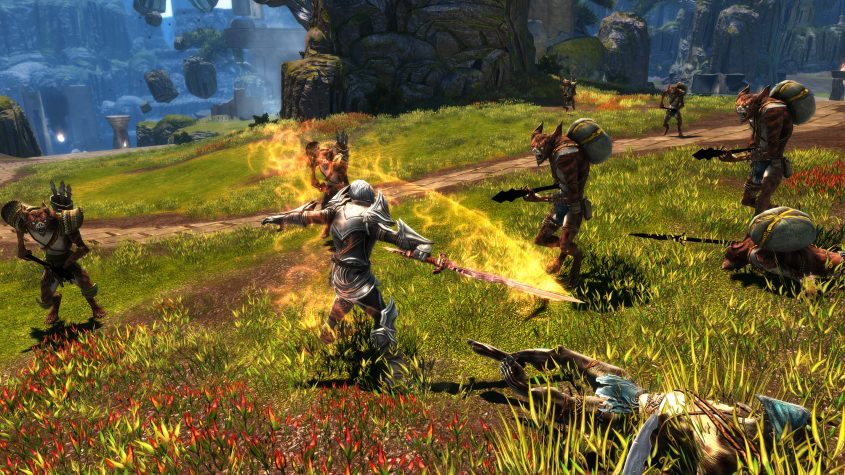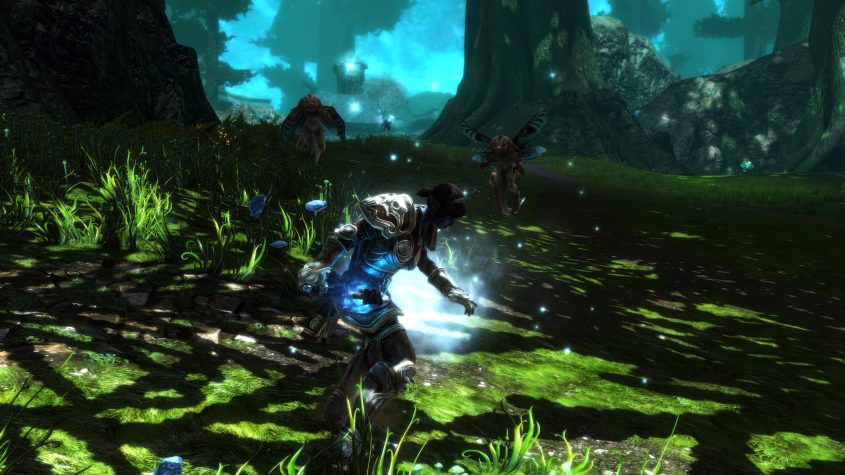Kingdoms of Amalur: Re-Reckoning was the fifth project I’ve worked on at KAIKO and easily the biggest one yet. Admittedly, claiming this on every single one of my projects does give the phrase a bit of a meme status, but it’s true nonetheless.
Here’s a short summary of the game by publisher THQ Nordic:
The hit RPG returns! From the minds of the bestselling author R.A. Salvatore, Spawn creator Todd McFarlane, and Elder Scrolls IV: Oblivion lead designer Ken Rolston, comes Kingdoms of Amalur: Re-Reckoning. Remastered with stunning visuals and refined gameplay Re-Reckoning delivers intense, customizable RPG combat inside a sprawling game world.
The original Kingdoms of Amalur: Reckoning was already a massive game to begin with, a true content Behemoth – yet we also had big plans for the remaster. Right from the get-go, we developed it with the intention of working on an entirely new DLC later on. This decision influenced many facettes of its development.
The project was no longer just about getting the game onto new platforms and updating the graphics, like with our prior projects, but also about updating game code and developing tools that would make adding new content possible. For a number of reasons, all of the game’s original tools were incompatible with our own workflow and build pipeline, so we had to develop new ones entirely from scratch. Additionally, during development it turned out that the original game’s source code that was made available to us was from an unreleased development build, meaning it was missing some features and containing some new bugs not found in the original game.
All of these problems greatly added to the project’s overall complexity. On top of that, our team quickly turned out to be way too small for its large scale and we weren’t able to fill in the missing positions in time. With a core team of only around ten people working on the remaster throughout most of its development cycle, some problems were sure to arise and every individual team member was bound to carry a lot of responsibilities. I was no exception, and so I was involved in many different aspects of the game’s development, including (but not limited to):
- Engine code
- Game framework
- Localization
- Input handling
- Tools
- Converters
- Porting assets to the new build pipeline
- Save system code
- UI code
- Fixing both old and new bugs
Considering the high amount of issues we had to face during development, I think we can still be proud of what we managed to achieve. Despite all that, the remaster itself would turn out to be little more than warm-up round, with the upcoming DLC being the real deal and topping even it in complexity.
